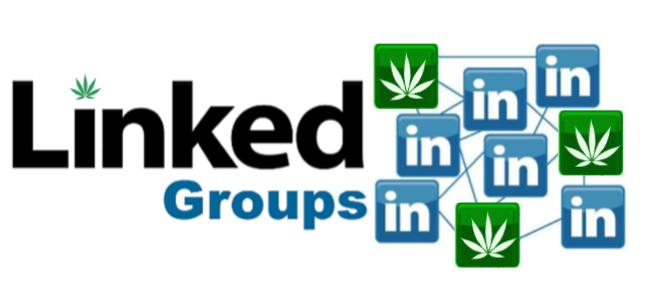Mana Medical have been working within the Medicinal Cannabis space for 2+ years, working within marketing, sales, training and education. We’ve worked with and still do work with, a variety of different companies, including product suppliers, distributors, educational providers, cannabis clinics, individual prescribers and clinics who are wanting to set up their own Medicinal Cannabis consultation businesses.
We are heavily focused on providing evidence-based education and support to Australian Healthcare Practitioners.
ABOUT MEDICINAL CANNABIS
Medicinal Cannabis was first used as long ago as 400 AD and introduced into Western Medicine around 1840. It was then used quite extensively up until the US prohibition in 1937.
It is derived from the cannabis plant – also known as hemp or marijuana and is a complex plant, containing over 400 compounds.
The main active ingredients of the cannabis plant fall into three categories:
- Cannabinoids (eg CBD and THC)
- Terpenes
- Flavonoids
Cannabinoids provide most of the health benefits, but terpenes and flavonoids help enhance those therapeutic effects, as well as providing individual health benefits. Terpenes have been shown to have analgesic or anti-inflammatory effects, while flavonoids also benefit the immune system.
The natural composition of the cannabis plant is also responsible for what scientists call an ‘entourage’ effect, whereby the individual components work together to enhance their respective benefits.
HOW IS MEDICINAL CANNABIS MADE?
Medicinal cannabis is derived directly from the cannabis plant.
It is usually presented as either a whole plant extract, or a purified extract. Both presentations have certain benefits that might appeal to different users and applications.
Whole-plant extracts contain a specified amount of the cannabis plant’s most prominent cannabinoid(s) as well as all the naturally occurring active ingredients (terpenes/ flavonoids), working in harmony.
Purified Extracts are derived from the whole plant, undergoing a purification to isolate the desired cannabinoid(s) and removing most or all of the other active plant ingredients.
THE ENDOCANNABINOID SYSTEM (ECS)
In 1992, scientists discovered a system that was involved in a number of physiological processes – an endogenous (originating in the body) cannabinoid system, often abbreviated to endocannabinoid system, or ECS.
The system is comprised of three components:
- Endocannabinoids (Anandamide or N-arachidonoylethanolamine and 2-AG or 2-arachidonoylglycerol)
- Cannabinoid receptors (CB1 and CB2)
- Enzymes, responsible for the breakdown of endocannabinoids
The role of the ECS is the modulation of a variety of organ systems to maintain the body’s physical and mental balance (homeostasis).
Under normal, healthy circumstances, our bodies ‘manufacture’ the two cannabinoids mentioned above, but in some situations, including serious illness, it is believed that the balance is compromised.
CB1 receptors are the most abundant of the two receptor types. They are predominantly found in the central nervous system and in regions responsible for cognitive functions (e.g. hippocampus, cerebral cortex, cerebellum, basal ganglia, hypothalamus, amygdala).
CB2 receptors are prevalent in the immune and peripheral nervous system and tend to be responsible for physical wellbeing, such as immunity, inflammation and pain.
Plant derived CBD and THC are both chemically similar to our body’s naturally occurring endocannabinoids, allowing them to interact with our cannabinoid receptors.
The complete functionality of the ECS continues to be explored but modulation of the system by phytocannabinoids, derived from the cannabis plant, may be of therapeutic benefit in a range of disorders.
It is believed that the health benefits of medicinal cannabis are mainly the result of inhibiting the enzyme responsible for breaking down the body’s natural endocannabinoid, anandamide and stimulating the release of the body’s other natural endocannabinoid, 2-AG.
MEDICINAL CANNABIS – TYPES AND CHARACTERISTICS
The most common cannabinoids used in medicine are:
- THC (Delta 9-Tetrahydrocannabinol)
- CBD (Cannabidiol)
While THC is responsible for the intoxicant effects (‘getting high’) of cannabis, it also has been shown to have many medicinal benefits, including relief of pain and inflammation, nausea, anxiety and seizures. When combined with CBD, the psychoactive characteristics of THC are modulated, while enhancing its medicinal benefits.
The receptor-cannabinoid interaction affects the release of neurotransmitters in the brain, but the two compounds have a slightly different mode of action.
THC binds with the cannabinoid CB1 receptors in the brain.
CBD binds very weakly, if at all, to CB1 receptors and is considered non-intoxicating.
CBD and THC share a number of medical benefits, with both providing relief from the same conditions. In selecting a medicinal cannabis formulation, it comes down to choosing the right balance of THC and CBD for the condition being treated and the most appropriate components for the patient profile.
WHAT IS MEDICINAL CANNABIS USED FOR?
Medical cannabis is not currently available as a first line treatment. It can only be prescribed after conventional therapy has failed or is found to be not suitable (e.g. adverse effects) or ineffective.
Medicinal Cannabis can only be prescribed under very specific conditions and requires TGA approval via the Special Access Scheme (SAS) or Authorised Prescriber Scheme.
Access may also be available as part of a clinical trial.
While the TGA has provided guidance documents on a range of conditions and has published a non-exhaustive list of conditions that have been approved via SAS, health care professionals may seek approval where there is an unmet medical need, or where other treatments have been proven ineffective or unsuitable.
The good news is, a systematic review of published trials on the use of medical cannabinoids over a 40-year period a total of 4,779 adverse effects were reported; 96.6% (4,615) of these were not deemed by authors to be serious.
FORMS OF TREATMENT
Medicinal cannabis can be administered in a number of ways.
The most common are:
- Oral, mostly sublingual (drops under the tongue)
- Inhalation/Vaporisation (involving heating the cannabis)
- Transdermal (across skin, topically applied e.g. creams or patches)
Note: there are currently no vaporising devices included on the ARTG to be used for medicinal cannabis. A vaporising device can be obtained through the unapproved medical device access pathways, which also includes the Authorised Prescriber Scheme, SAS and the Personal Importation Scheme
WHY NOT TO USE ILLICIT ‘OFF THE STREET’ CANNABIS
Acquiring cannabis ‘off the street’ for medicinal purposes is not recommended by health authorities
- Because smoking cannabis carries some of the same risk as smoking cigarettes
- If the product is oil it is difficult to monitor the exact dose of active ingredients. Furthermore, you’re not really sure what is in the mixture
- You may risk failing roadside or workplace drug testing
- Your doctor or health care professional is unable to monitor potential drug interactions with your current medications















